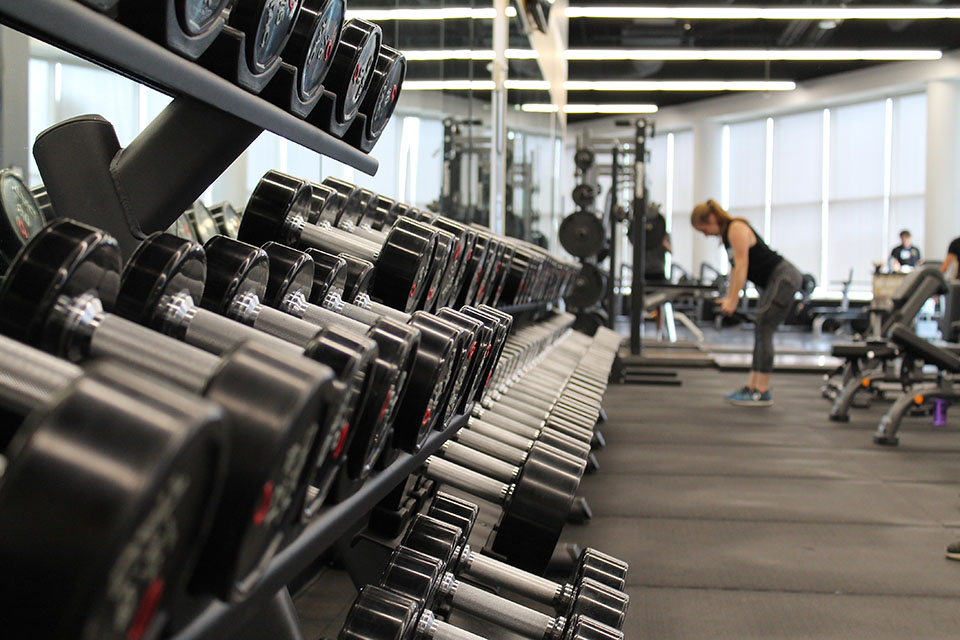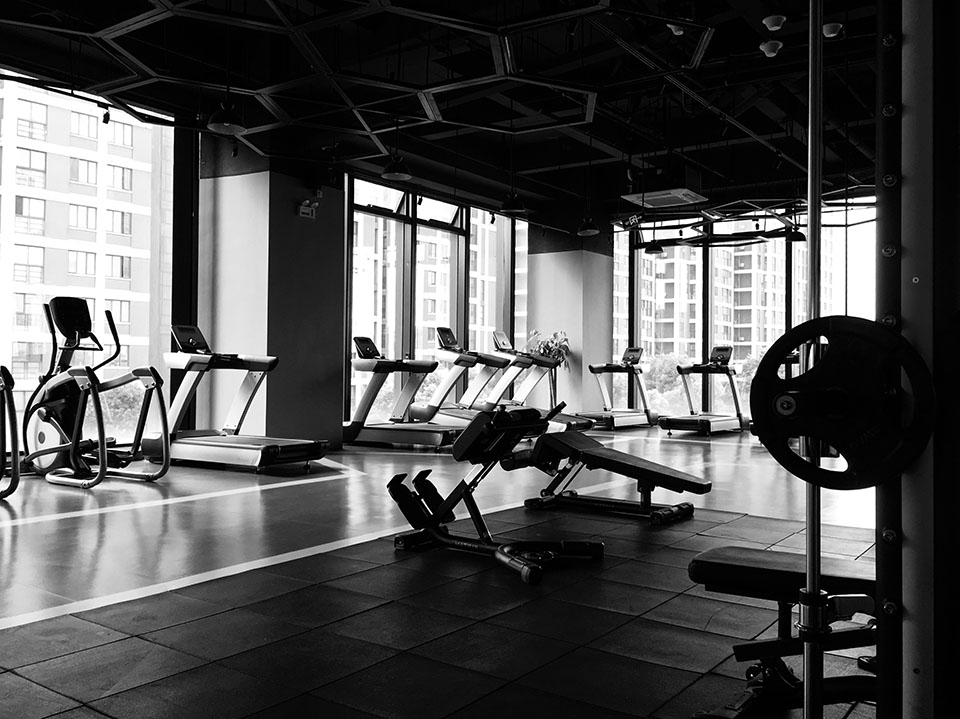If you’re a gym owner or someone who cares for the floors of your local gym, then this blog post is for you. We will discuss how to clean rubber flooring at gyms and what’s at stake if it isn’t taken care of properly.
Rubber flooring is one of the most popular types because it provides excellent shock absorption as well as being waterproof, which makes cleaning easy. This article will also cover some other considerations when looking into buying rubber mats for your facility, so stay tuned!
What Tools are Required to clean rubber gym flooring?
Rubber gym flooring can be used in a variety of places, from gyms to school locker rooms. Rubber gym flooring is durable and typically meant to withstand a lot of wear and tear. However, the surface of rubber gym flooring does require maintenance from time to time.
vacuum cleaner:
The best way to maintain rubber gym floors is by periodically cleaning them with a high-powered commercial vacuum cleaner. In addition, it’s important that you follow all instructions for proper care as instructed by the manufacturer.
To completely remove any residues from dust or dirt from your rubber floors, we recommend using either a wet or dry vacuum. These machines have been designed specifically for hard-surface floors, so there is no risk of damaging the rubber matting during vacuuming.
Mops:
Rubber gym floors can also be mopped with water mixed with a mild detergent. Do not use any solution that contains bleach on your rubber floors if you want them to last for years. Most people think of Nylon, sponge, and Microfiber Mops when it comes to gym flooring. We have Listed a few Best Mop for rubber floors. Make sure to visit this link.
Cleaning Brush for rubber floor:
We recommend a soft bristle brush made out of natural bristles such as badger hair or hog bristle not to damage your beautiful flooring.
A suitable brush can be found in hardware or DIY stores. This is a cleaning accessory only and has to be purchased separately from the floor brush.
The material for these types of brushes must be natural because synthetic bristles will damage the surface of your rubber floor.
If you use a vacuum cleaner with an additional crevice tool,
you can also remove dirt from small cracks in the rubber. A brush will, however, always be more efficient for cleaning larger areas.
When using a solid brush or a vacuum cleaner, please ensure that no metal parts come into contact with the surface of the flooring as this may cause scratches.

We recommend covering up your floor when cleaning it with hand tools such as a standard broom or a mop with metal parts to prevent these scratches. You should never use corrosive chemicals or acidic substances on your rubber floors since they could damage them badly!
Disinfectant:
Another type of cleaning product that is safe to use on rubber flooring is an industrial-strength disinfectant. These products are designed to kill germs and bacteria, making them ideal for areas like locker rooms, bathrooms, or gyms where infections are most common.
Best Rubber Gym Floor Cleaner:
Commercial products generally contain a minimum of 60% Isopropyl Alcohol. The effectiveness of these commercial products is largely due to their high quantity of Isopropanol, which has anti-microbial properties, reducing the number of germs.
Rubber flooring requires regular cleaning, or it can attract bacteria and other types of stains which could cause discoloration over time. We recommend using disinfectant every 1-4 weeks depending on traffic etc…
If you have children who occupy your facility, we would also recommend a daily cleaning routine and product application at least once a month to ensure proper hygiene levels are maintained.
Cleaning Bucket:
Since your rubber gym floor will be extremely slippery when wet, we recommend using a plastic bucket with a brace for stability when cleaning your flooring.
A metal bucket can scratch the surface, and a normal bucket will be too unstable to use on an extremely slippery floor while you are cleaning it.
When using a bucket, please ensure that no metal parts come into contact with the surface of the flooring as this may cause damage.

How to Clean Rubber Mats and Gym Flooring
Cleaning rubber mats, whether on a gym floor or in a school hallway, is about the same process. When you have a dirty gym floor that needs to be scrubbed, start off with a good mop and some water on the dirty areas only.
Please do not use chemicals as this can cause damage to both your flooring and those who will walk across it.
If you have an industrial-strength vacuum cleaner available, attach the hose and turn it on low speed so as not to damage any of the edges or air vents located on some pieces of equipment by sucking up loose debris that has collected there.
It is best to wear rubber gloves when cleaning rubber matting; otherwise, you can end up with discolored hands from prolonged contact. Here is the best way to clean rubber gym flooring.
1. Sweeping the floor is usually sufficient in most cases. Sweeping will loosen debris and, when completed repeatedly over time. You can use a Trusted broom or the best commercial vacuum cleaner.
2. Wash the Gym Mats or Rubber Flooring with warm soapy water using a neutral pH cleaner, rinsing after heavy soil accumulations.

3. Residual soap left on the floor can leave behind residues that are acidic in nature and damage your gym floors’ integrity causing it to absorb more water/ moisture, which will lead to premature deterioration of the surface.
For this scrubbing is done with a stiff brush or broom, then you should rinse off all traces of soap with clean water — twice if necessary for good results! Then let your rubber mats dry completely before using them again.
Cleaning Rubber Flooring: A Dos and Don’ts Guide
Do:
– Preventively maintain and keep your rubber flooring in good working condition. When you do this, the years of wear and tear on your floors will be reduced.
You can extend the life of your rubber floors up to ten times longer than rubber floors that are not properly maintained if you clean them periodically. Also, keeping these clean can reduce slipping-related accidents and injuries at work sites.
‐ It is best practice to use a broom or a dry mop for cleaning gym floors – this limits exposure to any kind of chemicals and reduces damage caused by water. Use a soft bristle brush-type broom not to scratch the surfacing and remove any wax buildup on the surface with water only.
Don’t:
– Never use a water hose or a pressure washer to clean your rubber flooring. Water left on the mats for too long can lead to mold and mildew growth beneath them, which will significantly alter their appearance and ultimate toughness.
It is best practice to avoid using hot water when cleaning these surfaces as it removes protective properties in the surface faster than cold water.
‐ Do not use chemical cleaners when cleaning your rubber floors – they can damage the seals in between tiles, allowing moisture from underneath to penetrate the matting and eventually affect its durability and performance level.

Rubber Gym Floor Cleaning FAQs *
Q: How do you disinfect rubber gym flooring?
A: With several different materials to use when cleaning rubber gym flooring, it’s important to understand that disinfecting the surface is not always necessary.
Rubber floors can be cleaned with abrasive or non-abrasive cleaners and disinfected with products containing quaternary ammonium compounds (quats).
Q: What should I use to clean rubber gym flooring?
A: Rubber surfaces can be maintained with a variety of cleaning solutions. Many manufacturers recommend using water and a non-abrasive cleaner.
Q: Do I really need to clean rubber gym flooring?
Yes. If your facility’s fitness equipment, yoga mats, or Pilates equipment spend much of their time on the floor, they’re going to pick up dirt and sweat that can build up over time.
This buildup makes it unpleasant for people who frequently use the equipment and reduces the effectiveness of the exercise.
Q: How often should I clean or disinfect rubber gym floors?
A: It depends on usage and how dirty the floor gets. As a general rule of thumb, you should clean your facility’s entire workout area once daily.
Q: When should I get my rubber gym floor checked for repairs or recoating?
A: If you see the following signs:
-The surface is flaking
-You can see black rubber granules on the floor and stuck to your shoes
-There are white spots where paint has peeled off, revealing the black underneath.
-The surface is worn and shiny in certain areas; this means that it’s time for a recoat.
Conclusion:
By following these easy steps for cleaning rubber floors, you will keep your fitness equipment and flooring in good condition for a long time. Happy cleaning!

